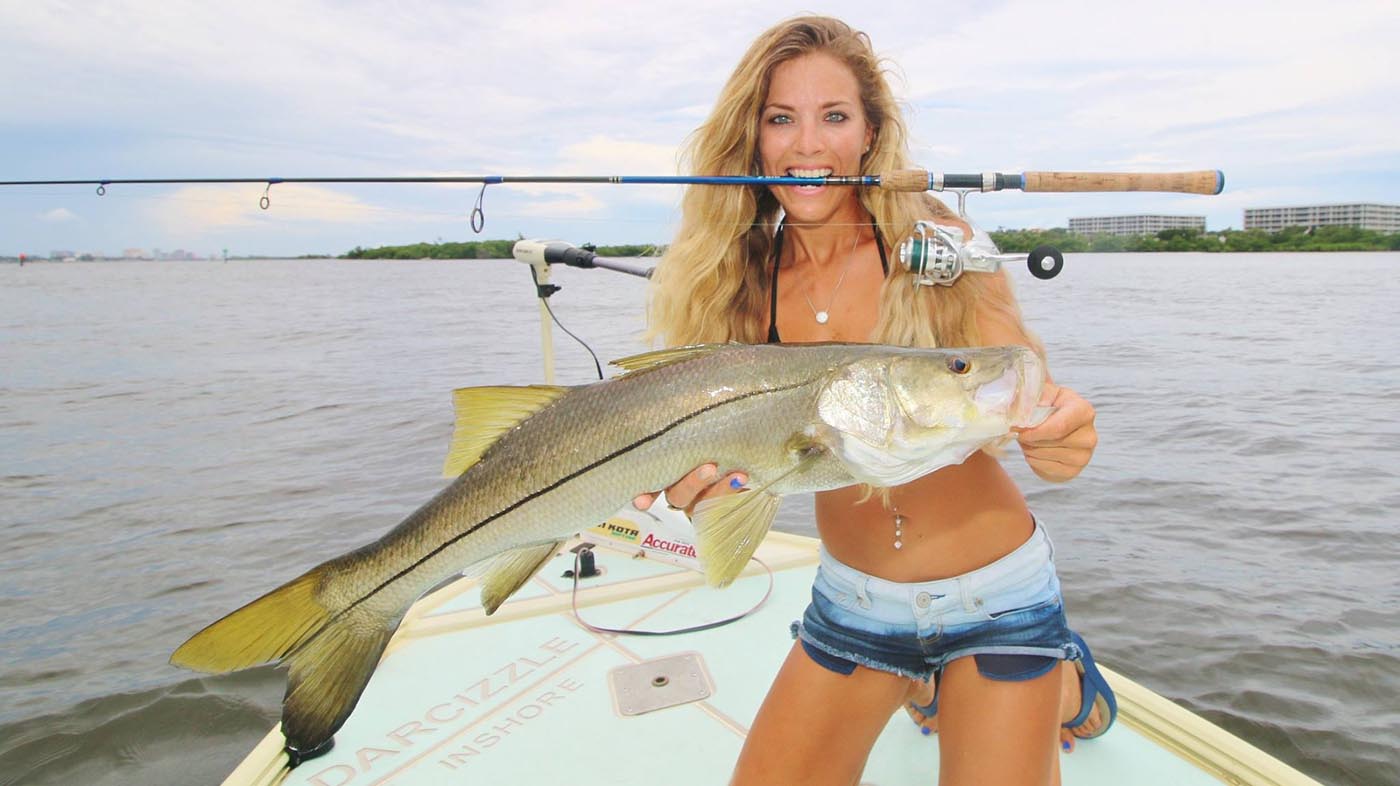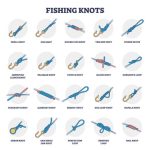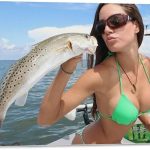Guide to Fishing For Beginners
Choose Your Fishing Rod
Every component of your fishing gear has a distinct purpose. The rod you select, the reel you pair it with, and the terminal tackle you opt for all contribute significantly to your success on the water. With the vast array of options available, it can be overwhelming to determine the right choices, especially for those just starting out. So, what’s the ideal fishing gear for beginners? Let’s explore this together! In this article, you’ll discover a wealth of information about fishing rods, reels, various types of bait, lures, and hooks. Feel free to read through everything or jump to the sections that catch your interest. When you’re ready, just scroll down! When choosing a fishing rod, keep two key factors in mind: your budget and the type of fishing you plan to do. Establishing a budget is crucial, as there are always more expensive and elaborate rods available. However, for beginners, investing in high-end gear isn’t essential. Instead, concentrate on finding a rod that is practical and fits within your financial limits. To determine the right rod for you, consider these four important factors.
The length of your fishing rod significantly influences both the distance and accuracy of your casts. Shorter rods provide greater precision but limit your casting range, so it’s essential to consider the type of water you’ll be fishing in and how you plan to present your bait. For those just starting out, a rod length of around 7 feet is generally recommended. However, this can vary based on the angler’s height—taller individuals may prefer longer rods, while children will need something more compact. Power refers to the amount of force required to bend the fishing rod, and you’ll often find the power rating labeled on the rod itself, ranging from ultra-light to ultra-heavy. Light power rods are ideal for catching smaller fish, while heavier rods are designed for tackling larger, deep-sea species. When selecting your fishing gear, consider the typical size of the fish you aim to catch and choose a rod power that aligns with the type of fishery you’ll be exploring. It’s important to distinguish rod action from power. While power indicates how much pressure is needed to bend the rod, action describes where along the rod the bending occurs. Action can range from extra fast to slow. A rod with fast action bends closer to the tip, enhancing sensitivity, which is particularly useful for feeling when your lure hits the bottom or when fish take cautious bites. In contrast, moderate and slow-action rods excel in casting distance and retrieval. As we delve deeper into your fishing setup, keep in mind that each rod is rated for specific line sizes and lure weights. These ratings serve as valuable guidelines to determine whether the rod is suitable for your intended fishing style. Therefore, consider the size of the fish you plan to target and the lures you’ll be using to ensure optimal performance from your rod.
Choose A Fishing Reel
Rods and reels are closely interconnected, making it difficult to choose one without considering the other. Each type of rod is designed to work with specific reels, and finding the right combination is essential for maximizing the performance of your fishing gear, even for those just starting out. There are four primary types of reels to consider:
1. Spincast Reels. These reels are user-friendly; simply press a button to release the spool and cast away. Their closed face design protects the line from tangling, helping you avoid frustrating bird nests. While they are budget-friendly, they do have limitations, such as lower durability, smaller spool sizes, and restricted casting range. Although spincast reels may not land you the biggest catches, they are perfect for beginners learning to cast or for introducing someone new to fishing.
2. Spinning Reels. In contrast to spincast reels, spinning reels provide a greater variety of spool capacities and offer improved control and casting distance. While mastering the casting technique may take some time, the benefits of spinning reels are well worth the effort. They are versatile and often serve as the next step for anglers transitioning from spincast reels. Fortunately, you can find many reliable spinning reels in the $40–60 price range.
3. Baitcasting Reels. The debate between baitcasting and spinning reels is ongoing among anglers, as the best choice often depends on your fishing goals and techniques. Baitcasting reels can be more challenging to master, and even seasoned anglers may encounter tangles. However, once you become proficient, you’ll appreciate the exceptional accuracy and sensitivity they provide, especially when using larger lures. Additionally, baitcasting reels often allow for more casts compared to spinning setups.
4. Fly Reels. The three types of reels we’ve discussed so far pertain to traditional fishing methods, but as you may know, fly rods require a unique type of reel. Fly fishing reels are specifically designed for casting lightweight lures. They are engineered to allow the weighted line to unwind effortlessly from the reel, providing balance to the fly rod. Mastering fly fishing is a distinct skill set compared to using conventional gear, so if you’re just starting out, it’s wise to concentrate on one technique at a time instead of trying to learn both simultaneously. Similar to rods, the materials used in fishing reels can significantly affect their cost. While reels are undeniably important, many experienced anglers will argue that the quality of your fishing rod should be your primary focus, especially if you’re on a budget. In the end, all reels will experience wear over time, but a high-quality, comfortable rod can last you a lifetime. Keep this in mind as you make your purchasing decisions.
To ensure your fishing gear stands the test of time, regular maintenance is essential. Fortunately, it’s a straightforward task that requires just a few simple items like oil, soap, and clean water. For a comprehensive guide on keeping your equipment in top shape, check out our beginner’s article on fishing gear maintenance. As you embark on your fishing adventures, you may find opportunities to visit various fisheries worldwide. In such cases, we’ve compiled helpful tips for transporting your fishing gear. Once you arrive, consider booking a charter to experience local fishing techniques firsthand. Charter fishing is an excellent way to dive into the world of angling, and there’s no better way to learn than from an expert like Calibrated Fishing Charters in Siesta Key, Florida!
Calibrated Tours and Fishing Charters
Siesta Key Fishing Charters
946 Siesta Dr, Sarasota, FL 34242



